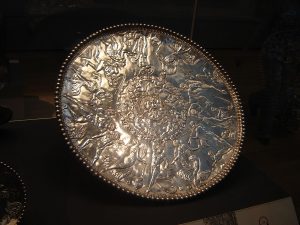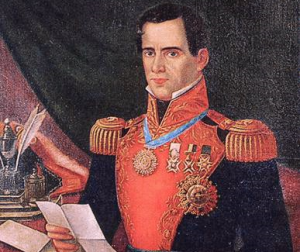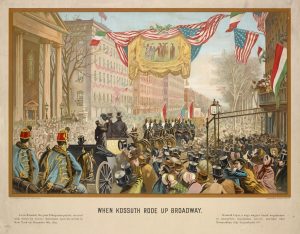
Hadrian: The Emperor Who Walked Among His People
Hadrian Visiting a Romano-British Pottery by Sir Lawrence Alma-Tadema, 1884 The Roman Emperor Hadrian (76–138 AD) stood out from many of his contemporaries. While numerous emperors chose to rule from the safety of Rome, Hadrian dedicated over half of his reign to travel throughout the expansive empire. He was not just a passive observer; he […]
Read More
Vinum Romanum: The Role of Wine in Ancient Rome
Wine in ancient Rome was more than just a beverage; it was a symbol of status, a tool for diplomacy, and a cornerstone of daily life.
Read More
The White House “Mystery” Meeting: Santa Anna meets Andrew Jackson, 1836-1837
The Texas Revolution beginning in the fall of 1835 achieved its goal of independence after defeating General Antonio Lopez de Santa Anna at the Battle of San Jacinto April 21, 1836.
Read More
President Jackson Confronts France: The Spoliations Showdown, 1834-1836
For years the issue of unpaid indemnity – otherwise known as spoliations – caused consternation among successive U.S. diplomats in Paris as the French government refused to address it.
Read More
Antebellum Icon: Republicanism vs. Monarchy and Kossuth in America, 1851-1852
Although he was thronged by thousands of people in the principal cities of England, a key reason Hungarian nationalist and freedom fighter Lajos (Louis) Kossuth was so popular during his 1851-1852 visit to the United States was the American aversion to monarchy. Kossuth, the figurehead of the 1848 Hungarian Revolution to overthrow the Habsburg Dynasty’s grip on that nation, was welcomed by massive crowds eager to listen to his republican-inspired orations. The New York Times noted in late 1851 that the “reception of the illustrious Kossuth… was such a scene as the world seldom beholds.”
Read More